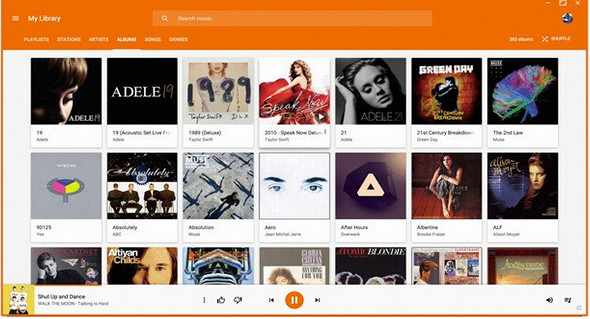

In the early monarchic period of Israel and Judah, Egyptian motifs were evidently borrowed by the Israelites en masse, as a plethora of personal seals belonging to classes ranging from commonfolk to royalty have been discovered, which incorporate several pieces of ancient Egyptian iconography, including the winged sun, ankh, the hedjet and deshret crowns of Upper and Lower Egypt, scarabs, and the uraeus cobra. In Egyptian iconography, the uraeus was used as a symbol of sovereignty, royalty, divinity and divine authority, and later iconography often showed uraei with wings. There is emerging consensus that the motifs used to display seraphs in Hyksos-era Canaan had their original sources in Egyptian uraeus iconography.

Regardless, its plural form, seraphim, occurs in both Numbers and Isaiah, but only in Isaiah is it used to denote an angelic being likewise, these angels are referred to only as the plural seraphim – Isaiah later uses the singular saraph to describe a " fiery flying serpent", in line with the other uses of the term throughout the Tanakh. The reason why the word for "burning" was also used to denote a serpent is not universally agreed upon it may be due to a certain snake's fiery colors, or perhaps the burning sensation left by its venomous bite. In Hebrew, the word saraph means "burning", and is used seven times throughout the text of the Hebrew Bible as a noun, usually to denote " serpent", twice in the Book of Numbers, once in the Book of Deuteronomy, and four times in the Book of Isaiah. Ancient Aramean six-winged deity, from Tell Halaf (10th century BCE)


 0 kommentar(er)
0 kommentar(er)
